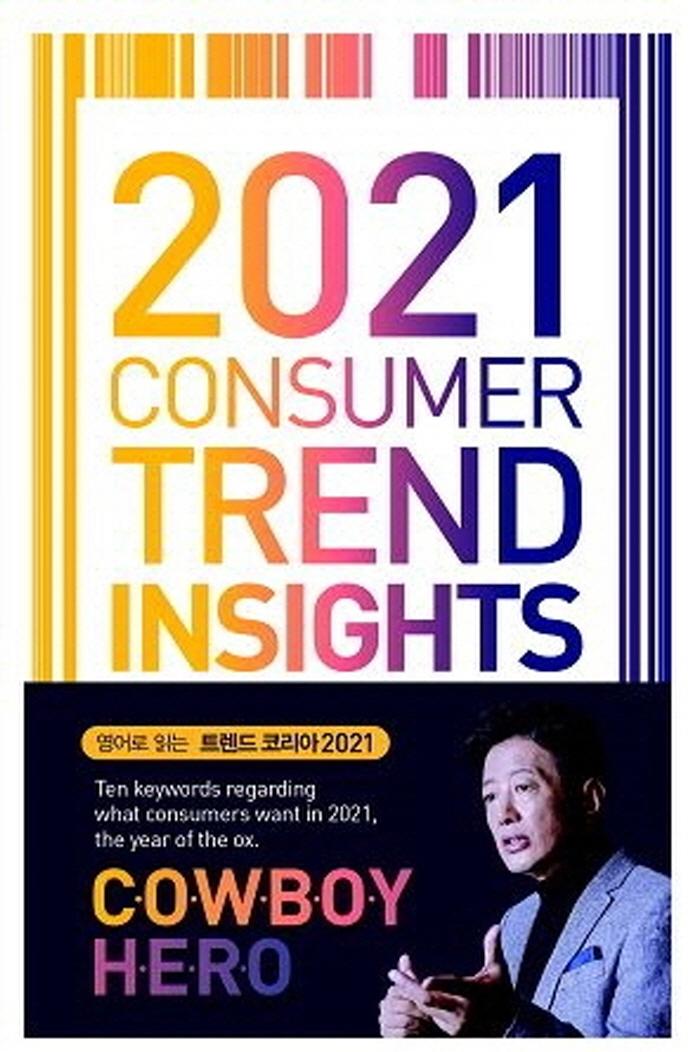- 주문상품수량
- 개
- 예상적립금
P - 상품할인금
- 원
- 배송료
- 원
- 주문합계
- 원
네비게이션 실시간 인기 책
2021 Consumer Trend Insights (트렌드 코리아 영문판) Ten Keywords regarding What Consumers Want in 2021, the year of the ox
- 김난도 외 저
- 미래의창
- 2020년 11월 20일
-
정가18,000원
-
판매가16,200원 [10% 할인]
-
페이코혜택가
페이코 혜택가 안내
3천원 이상 구매 시 1,500원 할인ID당 총 3회 할인가능
-
페이코혜택가
페이코 혜택가 안내
3천원 이상 구매 시 500원 할인ID당 총 3회 할인가능
-
결제 혜택무이자
카드할인/포인트결제 안내
제휴카드
반디앤루니스 롯데카드 결제금액 최대 25% 청구할인 (1만원 이상 결제건에 한해 월 2회, 건당 최대 1만원 할인) 반디앤루니스 우리V카드 결제금액 10% 청구할인 포인트결제
OK캐쉬백 포인트 최소 10원부터 전액 사용 or 1% 적립 현대카드 M포인트 결제금액의 최대 10% 사용 가능 신한카드 포인트 결제금액의 최대 10% 사용 가능(일부카드) 하나(구.외환) 포인트 보유 한도 내에서 100% 사용 가능 씨티카드 포인트 결제금액의 최대 50% 사용 가능 할인카드
NH농협 TAKE5카드 20% 청구할인(Edu Pack) 채움 플래티늄 멀티카드 20% 청구할인 모바일 Tmoney 신한카드 10% 청구할인 신한카드 Shopping 10% 청구할인 NH농협 체크카드 10% 청구할인 NH20 해봄 신용카드 10% 청구할인 씨티 클리어 카드 7% 청구할인 NH20 해봄 체크카드 5% 청구할인 NH농협 LADY다솜카드 5% 청구할인 신한카드 큐브 5% 청구할인 신한카드 큐브 PLATINUM# 5% 청구할인 
무이자 안내

-
적립금900원 적립 [5%P]
NAVER Pay 결제 시 네이버페이 포인트 5% 적립 ?
추가 적립금 안내
[2천원 추가 적립]
총 주문금액 5만원 이상 구매 시 2,000원 추가 적립
도서(eBook포함)만 구매 시 적립 대상에서 제외업채배송상품 포함(기프트, 업체배송 등) 5만원[멤버십 추가 적립]
슈퍼루니 : 3% 추가 적립
골드루니 : 2% 추가 적립
실버루니 : 1% 추가 적립
단, 국내도서, eBook만 구매 시 적립 불가

-
네이버마일리지적립


-
배송구분업체배송(반디북)
-
배송료무료배송
-
출고예정일
출고예정일 안내
※ 출고예정일은 도서 재고상황에 따라 변동될 수 있습니다.
 2024년 04월 29일(월)
2024년 04월 29일(월)※ 출고예정일은 도서 재고상황에 따라 변동될 수 있습니다.
당일배송 가능지역 검색

“도로명주소”를 쉽게 찾아보세요
1. 도로명으로 검색하기 (예, “직지길” or “직지길+322”)
2. 건물명으로 검색하기 (예, “반디앤루니스빌딩”)
3. 동(읍/면/리) 으로 검색 (예, “인사동” or “인사동+43”)
4. 도로명주소를 모르실 경우 도로명주소 안내시스템(http://www.juso.go.kr)에서 확인해주세요.
주소의 동(읍/리/면) 또는 마지막 부분을 입력하신 후 검색을 누르세요.


지금 이책은
- 판매지수 : 1,290
이 분야의 베스트셀러
-
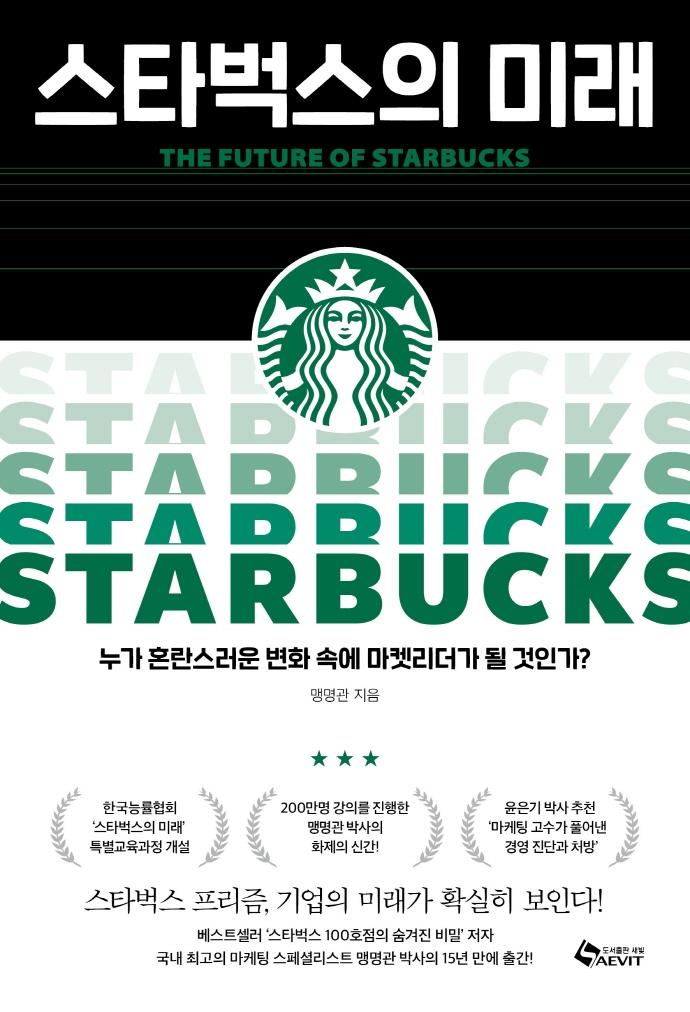 스타벅스의 미래
맹명관
16,200원
스타벅스의 미래
맹명관
16,200원
-
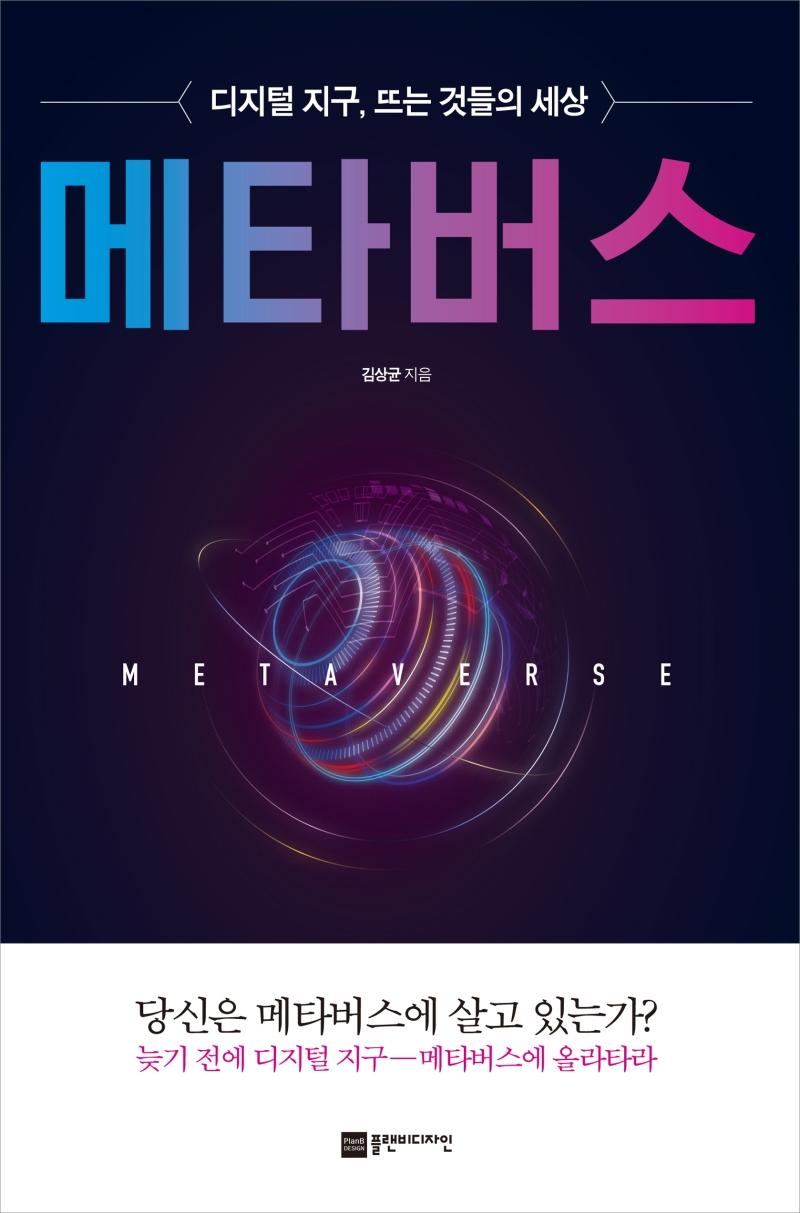 메타버스
김상균
15,300원
메타버스
김상균
15,300원
-
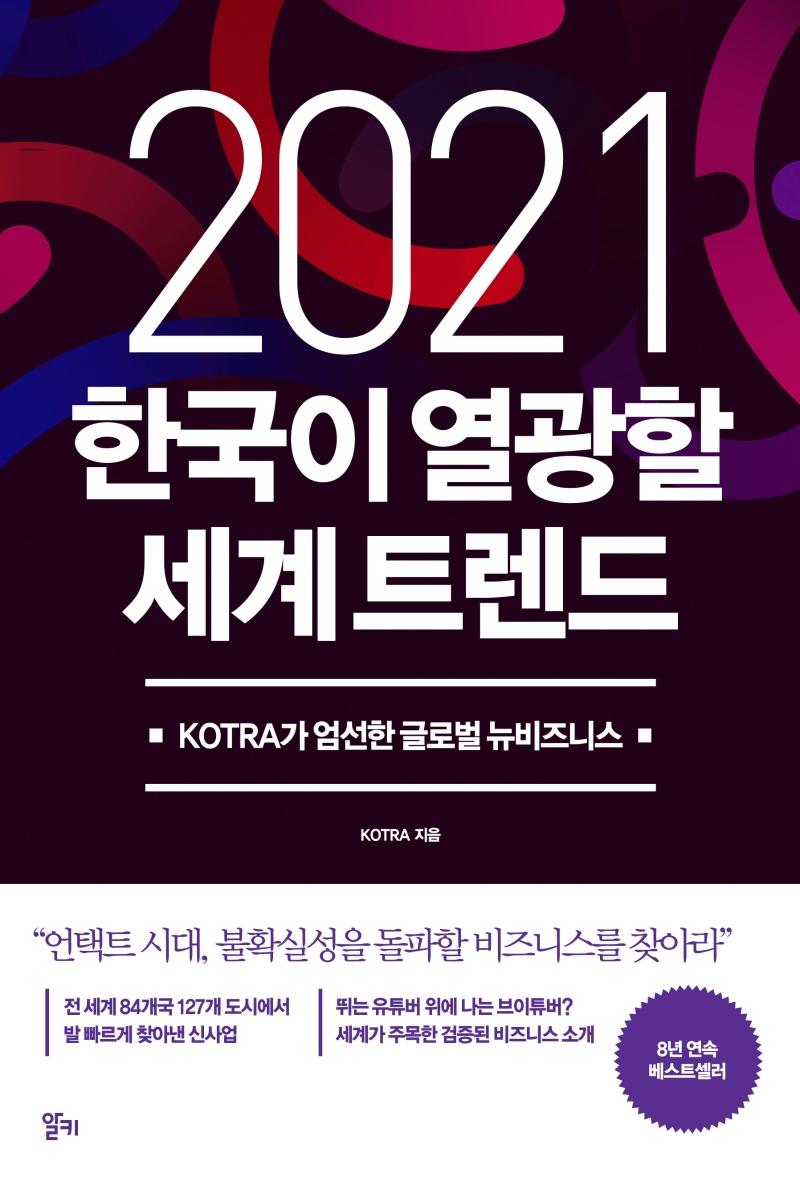 2021 한국이 열광할 세계 트렌드
KOTRA
16,200원
2021 한국이 열광할 세계 트렌드
KOTRA
16,200원
이 책과 함께 구매한 책
-
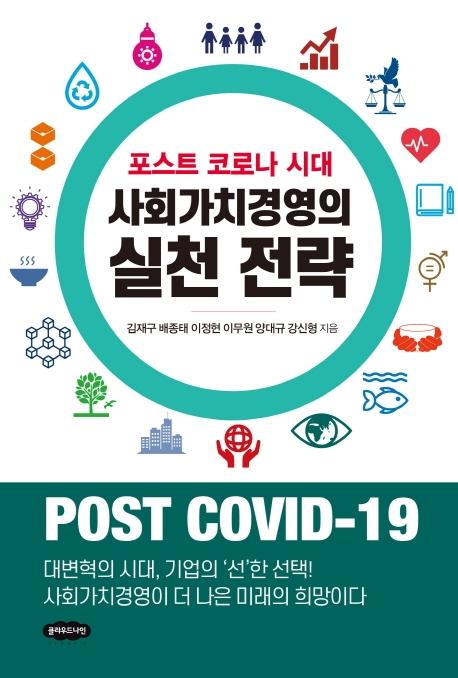
포스트 코로나 시대 사회가치경영의 실천 전략 김재구, 배종태, 이정현 외 16,200원
-
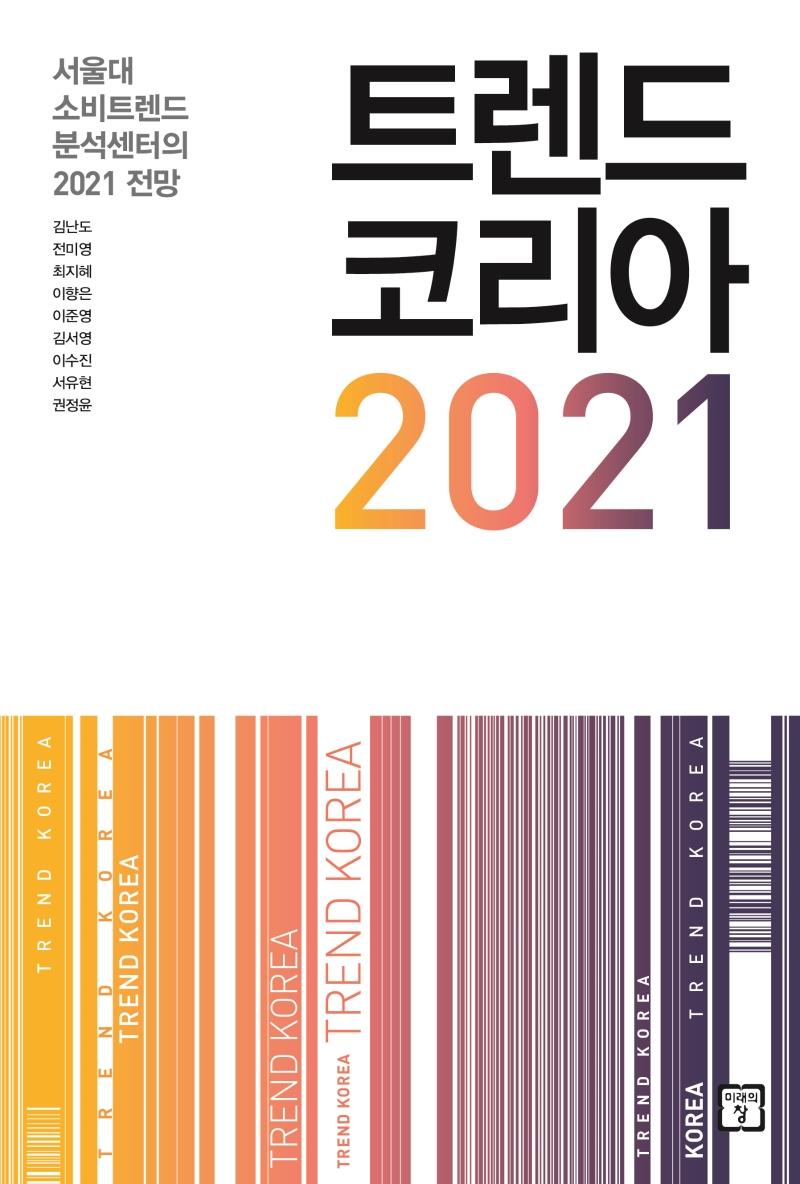
트렌드 코리아 2021 김난도, 전미영, 최지혜 외 16,200원
책 소개
출판사 리뷰
As a trend analyst, the question I received most often was: “How will COVID-19 change trends?” And our anal\-ysis of changes in 2020’s global consumer trends, based on our 12 years of research, has led us to the following concluion:
“Coronavirus will not change the direction of trends, but it will impact their speed.”
In other words, the pandemic has quickened the pace of polarization, intensifying trends that were on the rise, and diminishing keywords that were waning. Just take a look at online and mobile purchases, teleworking, and home-schooling, which are now mainstream ― a drastic change from pre-COVID days when they were being introduced. What would have previously taken three to four years to implement has taken less than six months. The moral of this crisis is that we need to swiftly respond to changing trends. Once we move forward, we can’t go back. Our best and only option is to closely examine today’s trends and to make meticulous adjustments in response. - Preface
How will COVID-19 change the consumer market in 2021? At the time of writing this book, trends remain in drastic flux, and yet we still need to assess a course for the future by analyzing all angles of changes seen so far. In that respect, we propose “V-nomics” as the first trending keyword. The ‘V’ is for “virus,” with “V-nomics” signifying “an economy transformed by the virus.” More importantly, it is the basis for answers to the questions we are most anxious about. The questions are as follows:
(1) Can we see an economic rebound, such as a V-shaped
recovery? (2) What kind of variations can we expect within the “untact” (a term coined and popularized by the Trend Korea Company, meaning “non-contact”) trend, accelerated by the coronavirus? (3) How will consumer values change? (4) What vision do we need to persevere in this era of V-nomics? - 17P
People who have previously emphasized the economic value of homes are now realizing a need to re-examine its significance and changes to its functionality stemming from spiritual and philosophical values. The Layered Home is the trend of perceiving the living space as an area to create one’s lifestyle that also reflects the inhabitant’s future-oriented attitude towards life. The trend of the Layered Home also implies that members of the household need to readjust their relationships with one another. Rather than an unchanging layout that divides space into the main bedroom, children’s room and living room, the home needs to become more flexible to ensure both personal and communal hours, to allow for personal and individual tastes to be expressed as well as for shared family time. - 66P
Investment has become a hot topic in recent years at gatherings for those in their 20s and 30s, regardless of gender or profession. Young people, whose major interests used to be movies or TV programs, are more readily chatting about investment opportunities. It is no longer rare to see couples attending lectures on real estate investment and going to a property’s open house while on a date.
Among university students, investment study clubs, real estate research, value investments, and proptech (property technology) are all the rage. A middle school student wrote on an online investment community board that while his peers play mobile and computer games, he would rather buy stocks in a game company, such as Netmarble or Nexon. And as the military permitted the use of smartphones on bases, a new tribe of individual investors (referred to as “ants” in Korea) has emerged, calling themselves “soldier ants.” - 82P
The crux of a meme lies in willing participation, intense fun, and a short lifespan. Meme creators voluntarily reproduce content and derive satisfaction from the process. Dead content comes back to life in their hands and is born anew and spread in this “perfect consumer-centered new market.”
There are three stages to the RC Life. The first is “The Queue.” Waiting to take part in the latest fad is similar to people waiting in line for a roller coaster ride. The second stage is “The Ride.” The erratic up-and-down and round-and-round movements of the journey are electrifying and exhilarating. The ride is similar to that of Gen Z consumer patterns in that they seek new and unpredictable diversions. The last stage is “The Departure.” Once the ride is over, you may feel a tinge of regret, but only briefly; then you disembark and move on to the next ride. The cycle for today’s trends is brief, and once over, another takes hold. - 129P
Today’s market for secondhand products is estimated at 20 trillion won ($17.5 billion). It has become even hotter than the primary market which deals in new merchandise. According to a report on the “Analysis of the Secondhand Goods App Market” by Mobile Index, a mobile data analysis platform, daily users of the secondhand trading app Daangn당근마켓 reached 1.56 million, second only to the nation’s favorite shopping app, Coupang쿠팡 with 3.97 million. Daangn not only beat giant online shopping malls such as 11Street, Gmarket, WeMakePrice and TMON, but it was also the only secondhand trading app among the top five shopping apps in Korea. This frenzy over trading in pre-owned goods is slowly spreading beyond Gen MZ. - 174P
“I wired the money. Is shipping included?”
“Excuse me, but are you RM from BTS? The name and address seem right […]”
“Thank you.”
This is part of a text message exchange that spread like fire through the online community. A reseller shared screen\-shots from his phone after he sold a pair of secondhand trousers. What caught people’s attention was that the leader of the world’s most famous boyband BTS not only traded in used products, but that he also cares about shipping costs. And he is not alone. Online communities often cite stories about celebrities who have taken to trading in secondhand goods. -175P
“Gucci Boy,” “Human Chanel,” “Human Dior,” …
When you enter the search word “human인간” followed by a luxury brand such as Gucci or Chanel, images of celebrities decked in the designer apparel flood the screen. Girl group sensation Blackpink’s Jennie is called “Chanel in Human Form,” and actress and singer Bae Suzy is known as the “Human Dior.” BTS’s V, Kai of idol group Exo, singer IU and rapper BewhY are all known as a “Gucci Boy or Girl.” So, if I were a luxury brand, which one would best express me?
In fact, the brand itself is a metaphor. Choosing a brand is a process of trying to discover one’s identity. Andy, Anne Hathaway’s character from The Devil Wears Prada, and her transformation throughout the movie are a prime example. Despite her initial aversion to luxury brands, she enters the world of high fashion and goes through an identity crisis, ultimately coming to accept the reality of luxury consumerism and undergo a transformation. It shows how brands in today’s consumer-driven society become a way to express oneself, beyond any preconceptions of their extravagance or ostentation. - 237P
저자 소개

김난도
(1963)- 구분 : 저서
- 국적 : 대한민국
- 분류 : 문학가 , 경제/경영/자기계발 저자 , 기타
- 인기지수 : 68,037
- 반디추천 : 2회선정
교수, 트렌드 연구자, 컨설턴트, 작가 그리고 대한민국 청춘의 멘토 ‘란도샘’이라는 별칭을 최근에 얻었다. 서울대학교 생활과학대학 소비자아동학부에서 학생들을 가르치고, 소비트렌드를 연구하며, 서울대발전기금전략기획위원 등의 보직을 맡고 있다. 현재 삼성그룹, 아모레퍼시픽, CJ제일제당, 롯데마트, 제일기획, 한라마이스터, 웅진코웨이, 애경백화점(AK플라자), 아이패션 비즈니스 센터 등을 자문하며, 이론적 지식과 실무적 경험의 시너지를 도모하는 데 힘을 쏟고 있다. 다양한 경험을 쌓아 ‘소비자의 비밀을 가장 많이 아는 남자’가 되는 것이 변함없는 꿈이다. 인생의 갈림길에서 속절없이 흔들리는 ‘어른아이’들에게 큰 울림을 전한 2012년 하반기 베스트셀러 《천 번을 흔들려야 어른이 된다》, 세계 10개국에 현지어로 번역되어 이 시대 세계 각국 청춘의 아픔을 따뜻하게 격려한, 2011년 30주간 종합 베스트셀러 1위 《아프니까 청춘이다》, 우리 사회의 명품 열기를 비판적으로 연구해 ‘정진기 언론문화대상’을 수상한 『럭셔리 코리아》, 다양한 통계자료를 해석해 대한민국 소비자의 성향을 산업별로 분석한 《2011 대한민국 소비지도: 소비자는 무엇을 원하는가?》(공저) 등을 썼다.
저서 《럭셔리코리아》, 《소비자는 무엇을 원하는가》, 《아프니까 청춘이다》, 《뉴 트랜드 G20세대》,《천 번을 흔들려야 어른이 된다》, 《나에게 더 미안해지기 전에》, 《김난도의 내일》, 《트렌드 차이나》, 《2011 대한민국 소비지도》, 《트렌드 코리아 2010》, 《트렌드 코리아 2011》,《트렌드 코리아 2012》,《트렌드 코리아 2013》,《트렌드 코리아 2014》
책 속에서
“Coronavirus will not change the direction of trends, but it will impact their speed.”
In other words, the pandemic has quickened the pace of polarization, intensifying trends that were on the rise, and diminishing keywords that were waning. Just take a look at online and mobile purchases, teleworking, and home-schooling, which are now mainstream — a drastic change from pre-COVID days when they were being introduced. What would have previously taken three to four years to implement has taken less than six months. The moral of this crisis is that we need to swiftly respond to changing trends. Once we move forward, we can’t go back. Our best and only option is to closely examine today’s trends and to make meticulous adjustments in response. - Preface
How will COVID-19 change the consumer market in 2021? At the time of writing this book, trends remain in drastic flux, and yet we still need to assess a course for the future by analyzing all angles of changes seen so far. In that respect, we propose “V-nomics” as the first trending keyword. The ‘V’ is for “virus,” with “V-nomics” signifying “an economy transformed by the virus.” More importantly, it is the basis for answers to the questions we are most anxious about. The questions are as follows:
(1) Can we see an economic rebound, such as a V-shaped
recovery? (2) What kind of variations can we expect within the “untact” (a term coined and popularized by the Trend Korea Company, meaning “non-contact”) trend, accelerated by the coronavirus? (3) How will consumer values change? (4) What vision do we need to persevere in this era of V-nomics? - 17P
People who have previously emphasized the economic value of homes are now realizing a need to re-examine its significance and changes to its functionality stemming from spiritual and philosophical values. The Layered Home is the trend of perceiving the living space as an area to create one’s lifestyle that also reflects the inhabitant’s future-oriented attitude towards life. The trend of the Layered Home also implies that members of the household need to readjust their relationships with one another. Rather than an unchanging layout that divides space into the main bedroom, children’s room and living room, the home needs to become more flexible to ensure both personal and communal hours, to allow for personal and individual tastes to be expressed as well as for shared family time. - 66P
Investment has become a hot topic in recent years at gatherings for those in their 20s and 30s, regardless of gender or profession. Young people, whose major interests used to be movies or TV programs, are more readily chatting about investment opportunities. It is no longer rare to see couples attending lectures on real estate investment and going to a property’s open house while on a date.
Among university students, investment study clubs, real estate research, value investments, and proptech (property technology) are all the rage. A middle school student wrote on an online investment community board that while his peers play mobile and computer games, he would rather buy stocks in a game company, such as Netmarble or Nexon. And as the military permitted the use of smartphones on bases, a new tribe of individual investors (referred to as “ants” in Korea) has emerged, calling themselves “soldier ants.” - 82P
The crux of a meme lies in willing participation, intense fun, and a short lifespan. Meme creators voluntarily reproduce content and derive satisfaction from the process. Dead content comes back to life in their hands and is born anew and spread in this “perfect consumer-centered new market.”
There are three stages to the RC Life. The first is “The Queue.” Waiting to take part in the latest fad is similar to people waiting in line for a roller coaster ride. The second stage is “The Ride.” The erratic up-and-down and round-and-round movements of the journey are electrifying and exhilarating. The ride is similar to that of Gen Z consumer patterns in that they seek new and unpredictable diversions. The last stage is “The Departure.” Once the ride is over, you may feel a tinge of regret, but only briefly; then you disembark and move on to the next ride. The cycle for today’s trends is brief, and once over, another takes hold. - 129P
Today’s market for secondhand products is estimated at 20 trillion won ($17.5 billion). It has become even hotter than the primary market which deals in new merchandise. According to a report on the “Analysis of the Secondhand Goods App Market” by Mobile Index, a mobile data analysis platform, daily users of the secondhand trading app Daangn당근마켓 reached 1.56 million, second only to the nation’s favorite shopping app, Coupang쿠팡 with 3.97 million. Daangn not only beat giant online shopping malls such as 11Street, Gmarket, WeMakePrice and TMON, but it was also the only secondhand trading app among the top five shopping apps in Korea. This frenzy over trading in pre-owned goods is slowly spreading beyond Gen MZ. - 174P
“I wired the money. Is shipping included?”
“Excuse me, but are you RM from BTS? The name and address seem right […]”
“Thank you.”
This is part of a text message exchange that spread like fire through the online community. A reseller shared screen\-shots from his phone after he sold a pair of secondhand trousers. What caught people’s attention was that the leader of the world’s most famous boyband BTS not only traded in used products, but that he also cares about shipping costs. And he is not alone. Online communities often cite stories about celebrities who have taken to trading in secondhand goods. -175P
“Gucci Boy,” “Human Chanel,” “Human Dior,” …
When you enter the search word “human인간” followed by a luxury brand such as Gucci or Chanel, images of celebrities decked in the designer apparel flood the screen. Girl group sensation Blackpink’s Jennie is called “Chanel in Human Form,” and actress and singer Bae Suzy is known as the “Human Dior.” BTS’s V, Kai of idol group Exo, singer IU and rapper BewhY are all known as a “Gucci Boy or Girl.” So, if I were a luxury brand, which one would best express me?
In fact, the brand itself is a metaphor. Choosing a brand is a process of trying to discover one’s identity. Andy, Anne Hathaway’s character from The Devil Wears Prada, and her transformation throughout the movie are a prime example. Despite her initial aversion to luxury brands, she enters the world of high fashion and goes through an identity crisis, ultimately coming to accept the reality of luxury consumerism and undergo a transformation. It shows how brands in today’s consumer-driven society become a way to express oneself, beyond any preconceptions of their extravagance or ostentation. - 237P
목차
008 Preface
Ten Keywords
013 Coming of ‘V-nomics’
047 Omni-layered Homes
069 We Are the Money-friendly Generation
095 Best We Pivot
123 On This Roller Coaster Ride
147 Your Daily Sporty Life
171 Heading to the Resale Market
201 Everyone Matters in the ‘CX Universe’
225 ‘Real Me’: Searching for My Own Label
251 ‘Ontact’, ‘Untact’, with a Human Touch
276 Notes
배송 시 유의사항
- 반디앤루니스에서 구매하신 도서는 물류 대행 위탁업체 웅진 북센을 통해 배송됩니다.
(배송 포장에 "웅진 북센"으로 표기될 수 있습니다.)
- 구매한 상품의 품질과 배송 관련 문의는 반디앤루니스로 문의 바랍니다.
- 천재지변 및 택배사의 사정에 따라 배송이 지연될 수 있습니다.
- 결제(입금) 완료 후 출판사 및 유통사의 사정으로 품절 또는 절판 되어 상품 구입이 어려울 수 있습니다. (별도 안내 예정)
- 도서산간지역의 경우 추가 배송비가 발생될 수 있습니다.
반품/교환
상품 설명에 반품/ 교환 관련한 안내가 있는 경우 그 내용을 우선으로 합니다. (업체 사정에 따라 달라질 수 있습니다)
반품/교환
-
반품/교환 반품/교환 방법 홈 > 고객센터 > 자주찾는질문 “반품/교환/환불” 안내 참고 또는 1:1상담게시판 반품/교환 가능 기간 반품,교환은 배송완료 후 7일 이내, 상품의 결함 및 계약내용과 다를 경우 문제발견 후 30일 이내에 신청가능 반품/교환 비용 변심 혹은 구매착오의 경우에만 반송료 고객 부담(별도 지정 택배사 없음) 반품/교환 불가 사유 - 소비자의 책임 사유로 상품 등이 손실 또는 훼손된 경우
- 소비자의 사용, 포장 개봉에 의해 상품 등의 가치가 현저히 감소한 경우
- 복제가 가능한 상품 등의 포장을 훼손한 경우 : 예)만화책, 잡지, 화보집 등
- 시간의 경과에 의해 재판매가 곤란한 정도로 가치가 현저히 감소한 경우
- 전자상거래등에서의 소비자보호에 관한 법률이 정하는 소비자 청약철회 제한 내용에 해당되는 경우
- 해외주문 상품(해외 원서)의 경우(파본/훼손/오발송 상품을 제외)
소비자 피해보상
환불지연에 따른 배상- 상품의 불량에 의한 반품, 교환, A/S, 환불, 품질보증 및 피해보상 등에 관한 사항은
소비자 분쟁해결 기준(공정거래위원회고시)에 준하여 처리됨 - 대금 환불 및 환불지연에 따른 배상금 지급 조건, 절차 등은 전자상거래 등에서의
소비자 보호에 관한 법률에 따라 처리함
반품/교환 주소 경기도 파주시 문발로 77, 웅진북센(반디앤루니스)


